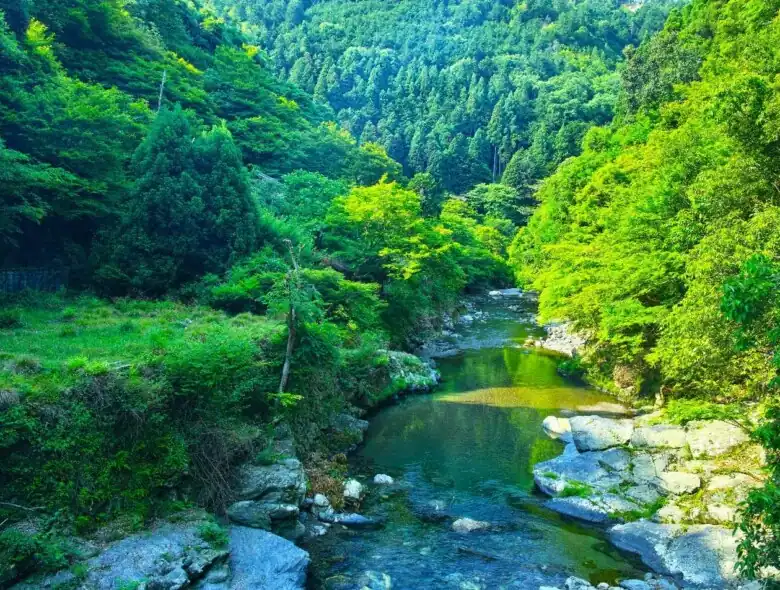Japan is home to approximately 35,000 rivers (and Village House has over 1,000 properties across the island’s 47 prefectures!), most of which start from a mountainous area, flow down to farmland, and then eventually empty out into the ocean or sea. Many of these rivers are short and flow quickly due to the island’s narrow and mountainous terrain. In this article, we’ll explore 5 of Japan’s most beautiful natural rivers.
Kushiro River
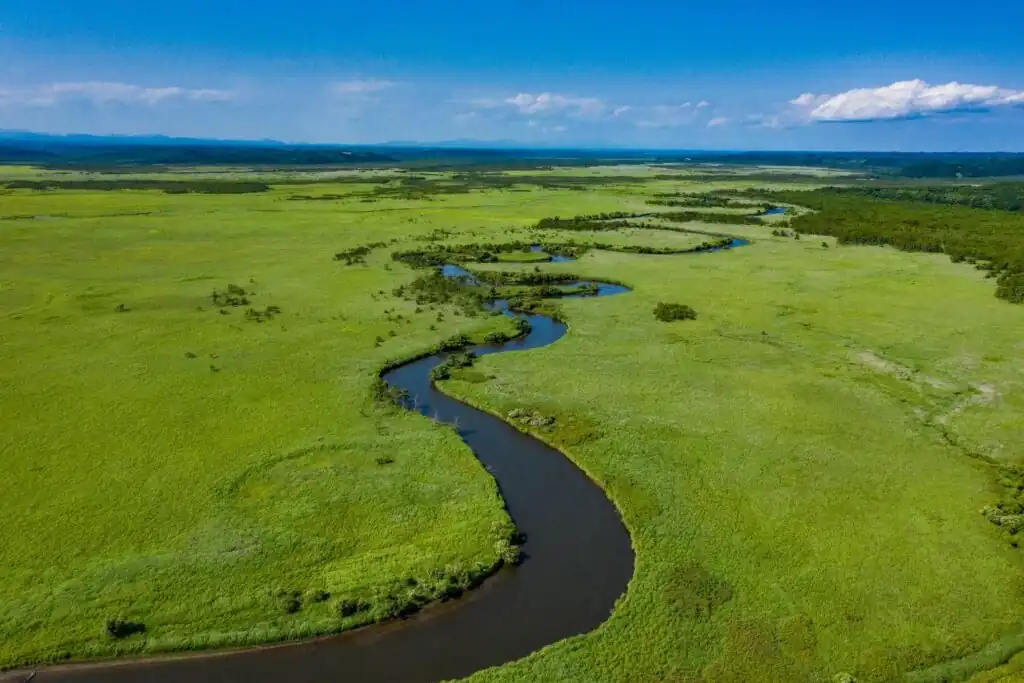
Considered one of Japan’s most iconic rivers, Kushiro River is located in eastern Hokkaido and is about 154km long. The river originates from Lake Kussharo, which is Japan’s largest caldera lake, flows south across the Kushiro Plain, and finally empties out in the Pacific Ocean.
The river meanders its way through the towns of Kushiro, the Kushiro Marsh, Shibecha, Teshikaga, and Tsurui and is characterized by crystal-clear rivers and forested wetlands.
The river has also helped cultivate a biodiverse ecosystem that is teeming with birdlife including white-tailed eagles, kingfishers, mandarin ducks, and wagtails.
Kushiro River is popular with canoeists and there are guided tours available for first-timers. During your canoe down the river, you may be able to see Japanese deer wandering down to the riverbanks for a drink.
Shimanto River
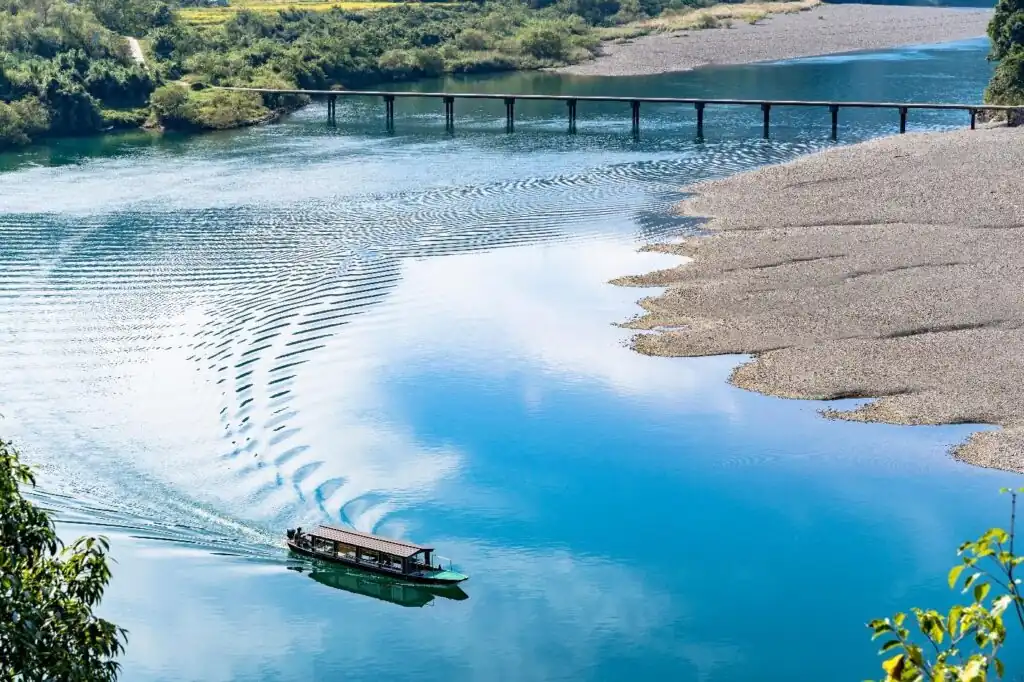
Known as Japan’s last free-flowing crystal-clear river due to it being geographically remote from major cities and lacking any dams, Shimanto River is a 196km long river located in Shikoku, the western part of Kochi Prefecture.
The river’s basin is considered an “Important Cultural Landscape” by the Agency for Cultural Affairs, and both fishing and nori (seaweed) are ongoing and thriving industries along its riverbanks.
A local attraction at Shimanto River is “Chinkabashi”, a type of submersible bridge built without railings so that it can sink below the water when the river is swollen and not get washed away by floods.
The river is also a popular destination for nature enthusiasts, anglers, hikers, and campers.
Nagara River
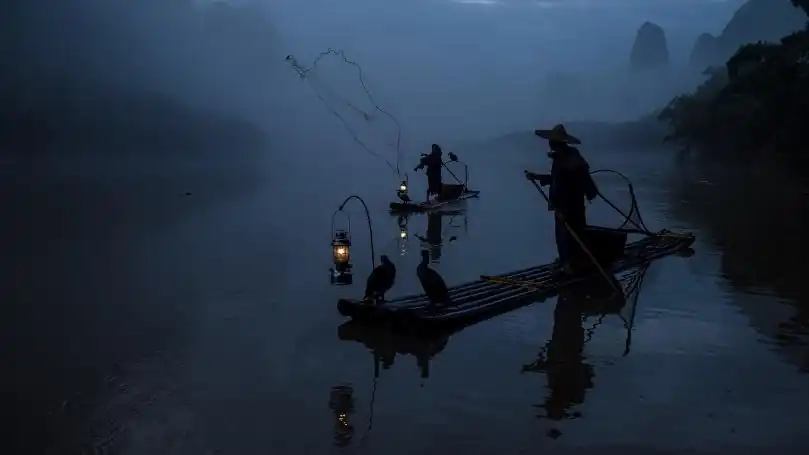
Holding the title as one of Japan’s three clearest rivers, Nagara River runs through Gifu prefecture from Mt. Dainichigatake in northern Gifu down to the south where it merges with the Ibi River in Kuwana City in Mie Prefecture before flowing into Ise Bay.
The river is 166km long and it’s estimated that around 860,000 people live in its basin, making it a popular fishing sport, especially for ayu, a type of Japanese sweetfish.
One type of fishing that boasts a 1,300-year history in Nagara River is Ukai or cormorant fishing, a type of traditional fishing technique where fishermen use trained cormorants, a type of water bird, to catch fish in rivers.
Other types of biodiversity that can be found in Nagara River include Pacific salmon, Japanese mitten crabs, and giant salamanders.
Kiyotaki River
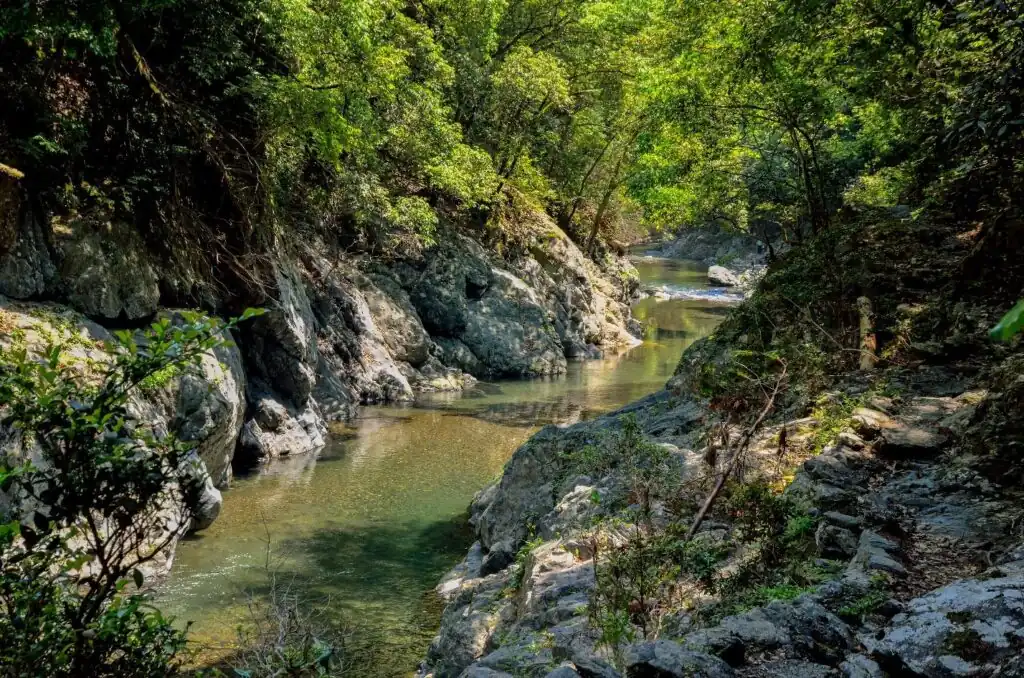
Located in the mountainous west of Kyoto, Kiyotaki River runs between Japan’s former capital and Osaka, and connects the two small towns of Kiyotaki and Takao.
An easy day trip from Kyoto and reachable from Takao, Kiyotaki River is famed for its crystal-clear waters and mesmerizing forest foliage. The river is also home to the Japanese giant salamander and has lots of hiking paths along its riverbanks. In the summer, there are multiple swimming spots to cool off.
Kurobe River
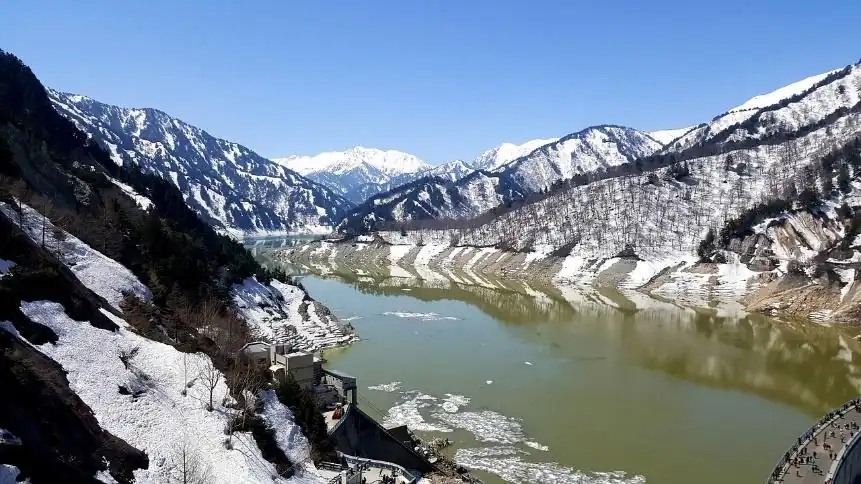
86km in length, Kurobe River is a river in Toyama Prefecture. It originates from Mt. Washiba in the Hida Mountains and emerges out at Unazuki before flowing into the Sea of Japan.
The river is continuously carving a deep valley known as Kurobe Gorge, a v-shaped valley formed by Kurobe River eroding its terrain that was originally formed by volcanic activity in the Tateyama Mountain Range. The gorge contains Japan’s only existing glacier and glacial landforms that were developed somewhere between 10,000 to 30,000 years ago. The gorge is popular with climbers.
Related articles:
- 5 Underrated Japanese Castles to Check Out
- Top 5 Nature Spots You Need to Visit in Hokkaido in Summer
- Top 5 Cool Places to Visit in Japan to Escape the Summer Heat
- Exploring Kagawa – Japan’s Quiet Paradise of Art and Culture
- 5 Winter Destinations That Will Take Your Breath Away (Tohoku Edition)
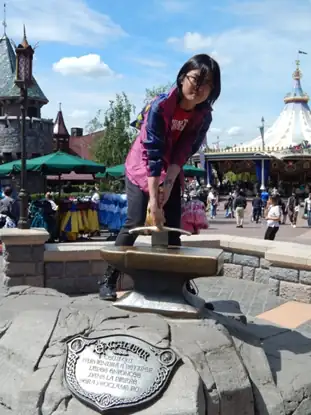
Freelance writer with over 2 years of experience writing for the Village House Blog, ESL teacher, and digital nomad who has lived in countries including The Czech Republic, The UK, The U.A.E., Japan, and most recently, Georgia. Is constantly on the hunt for the best, most optimal apartment for remote work when not enjoying going to film festivals, concerts, and the theater.


